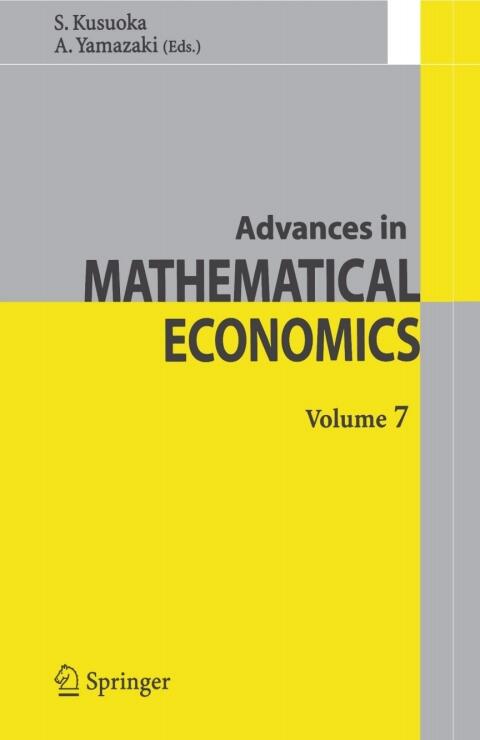
Advances in Mathematical Economics Volume 7
No ratings yet
Business & Economics
Format
Kindle
Pages
480
Language
Japanese
Published
Jan 1, 2006
Publisher
Springer
Edition
1
ISBN-10
443127233X
ISBN-13
9784431272335
Description
In this volume, McLaughlin delves into the intricate relationship between mathematics and economics, presenting a comprehensive exploration of constrained optimization and equilibrium theories. By dissecting various economic phenomena through mathematical lenses, the author illustrates how mathematical frameworks can bring clarity to complex economic problems.
The text is structured to cater to both seasoned economists and those new to the field, making it accessible while maintaining a high level of analytical sophistication. Each chapter meticulously builds on fundamental concepts, demonstrating their applications in real-world economic scenarios. McLaughlin’s meticulous attention to detail helps illuminate the often abstract principles of mathematical economics.
Furthermore, the book addresses contemporary issues, providing insights into how these mathematical techniques can be utilized to better understand modern economic challenges. The integration of theoretical aspects with practical applications lends the work a level of relevance that is often lacking in academic texts.
In conclusion, this volume serves as a vital resource for anyone looking to deepen their understanding of the mathematical foundations that underpin economic theories, paving the way for advanced study and research in this dynamic field.
The text is structured to cater to both seasoned economists and those new to the field, making it accessible while maintaining a high level of analytical sophistication. Each chapter meticulously builds on fundamental concepts, demonstrating their applications in real-world economic scenarios. McLaughlin’s meticulous attention to detail helps illuminate the often abstract principles of mathematical economics.
Furthermore, the book addresses contemporary issues, providing insights into how these mathematical techniques can be utilized to better understand modern economic challenges. The integration of theoretical aspects with practical applications lends the work a level of relevance that is often lacking in academic texts.
In conclusion, this volume serves as a vital resource for anyone looking to deepen their understanding of the mathematical foundations that underpin economic theories, paving the way for advanced study and research in this dynamic field.
Reviews
Reading Log
No reading logs found
Start tracking your reading progress to see logs here
Add Your First Reading LogNotes
Transaction Log
No transaction logs found
Start tracking your book transactions to see logs here
Add Your First Transaction Log




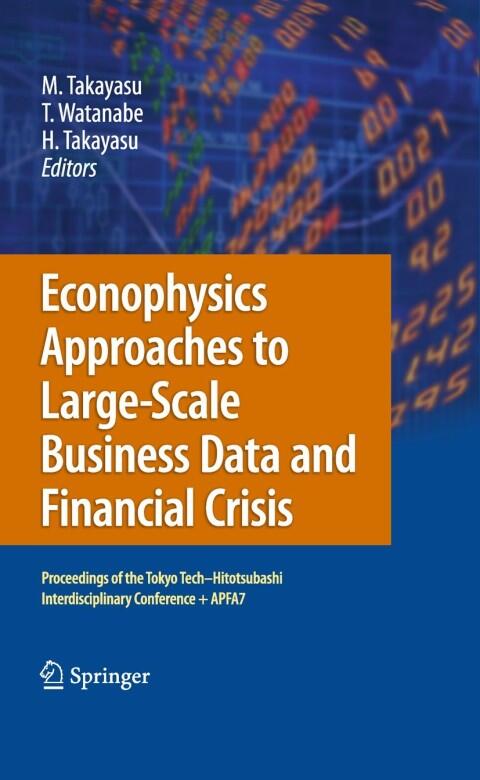
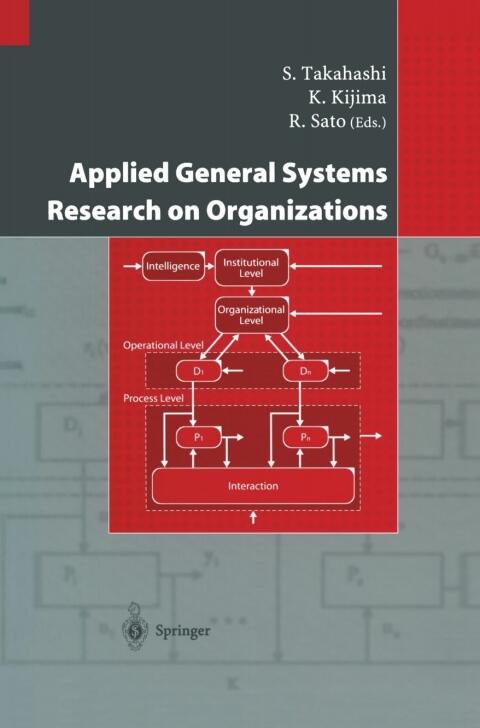
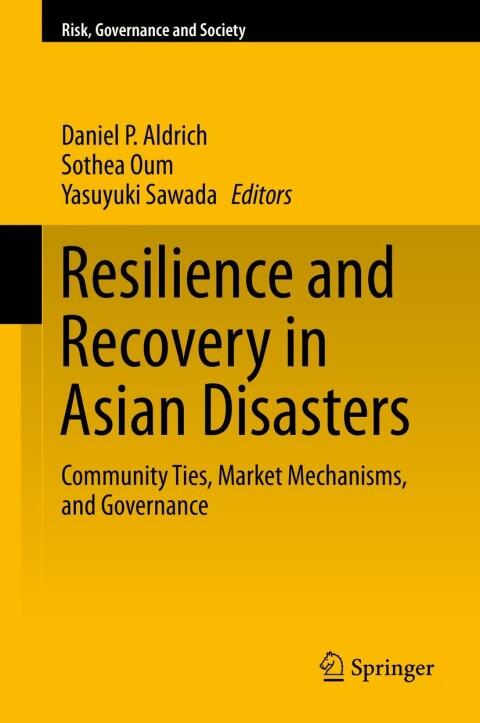

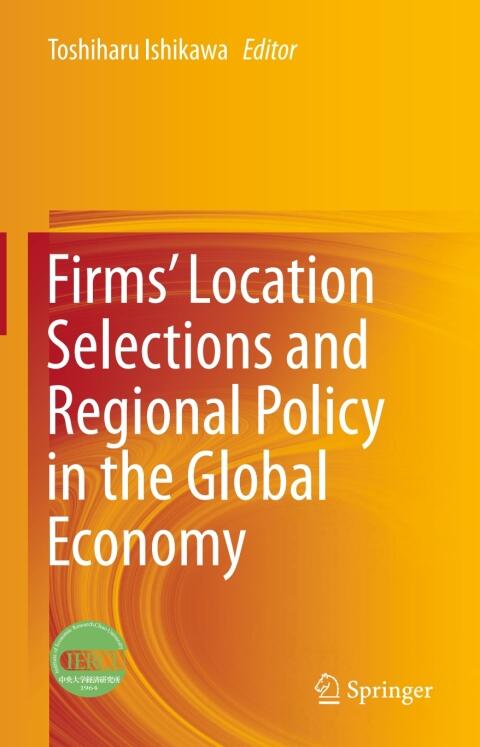


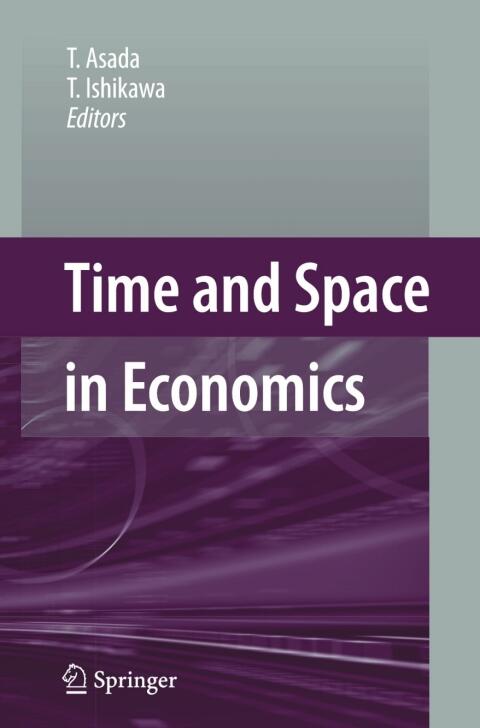




![H×H×H-強制的発情メイト-[Hard Heat Heart Kyouseiteki Hatujou Mate]](https://images.bookpine.com/b343f0e7-73e4-4ec8-a147-ddc60a8a57bd.jpg)

